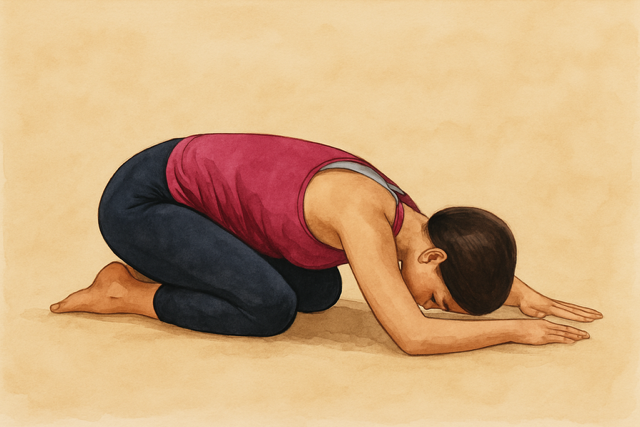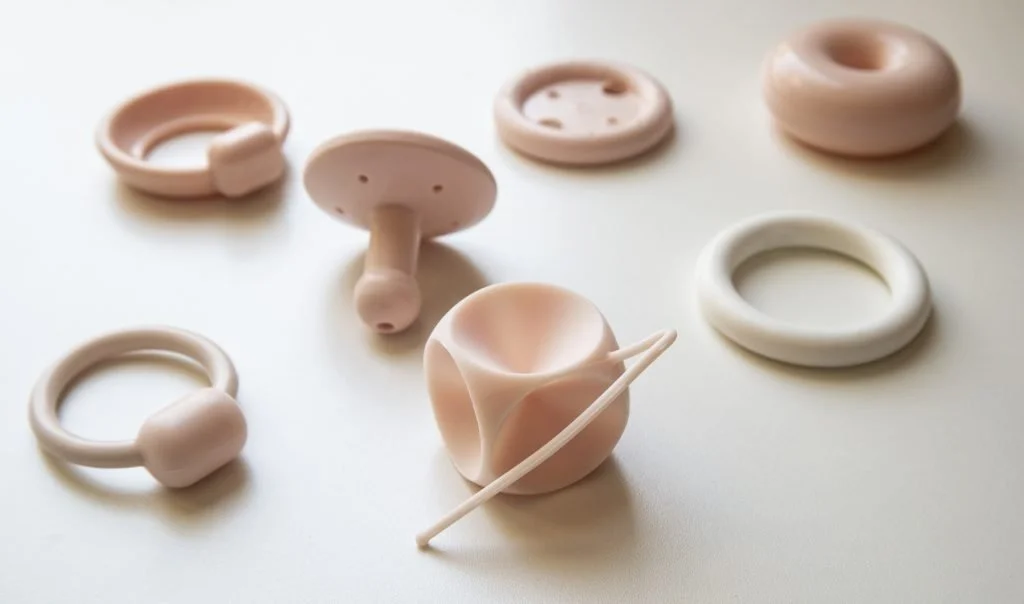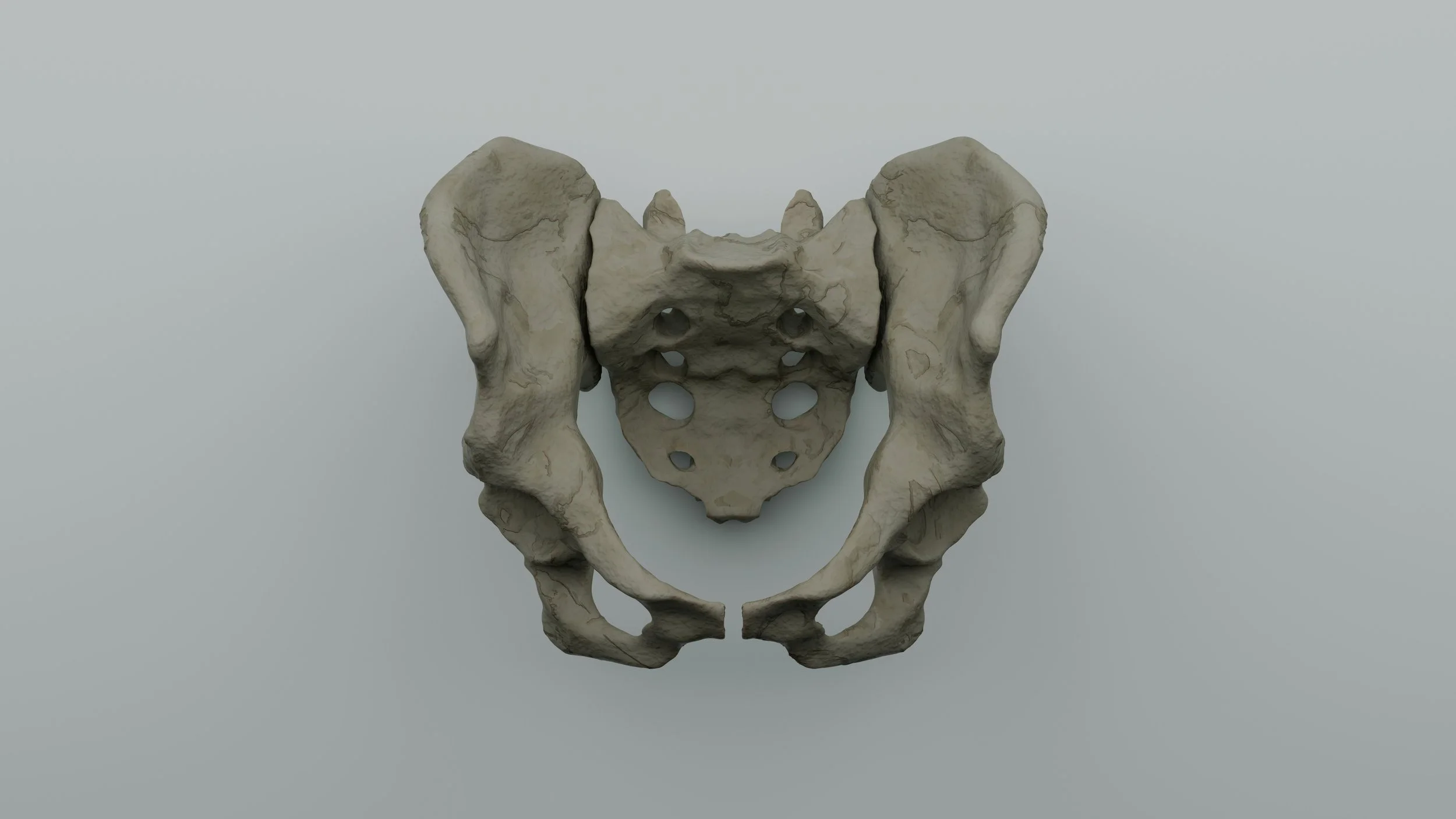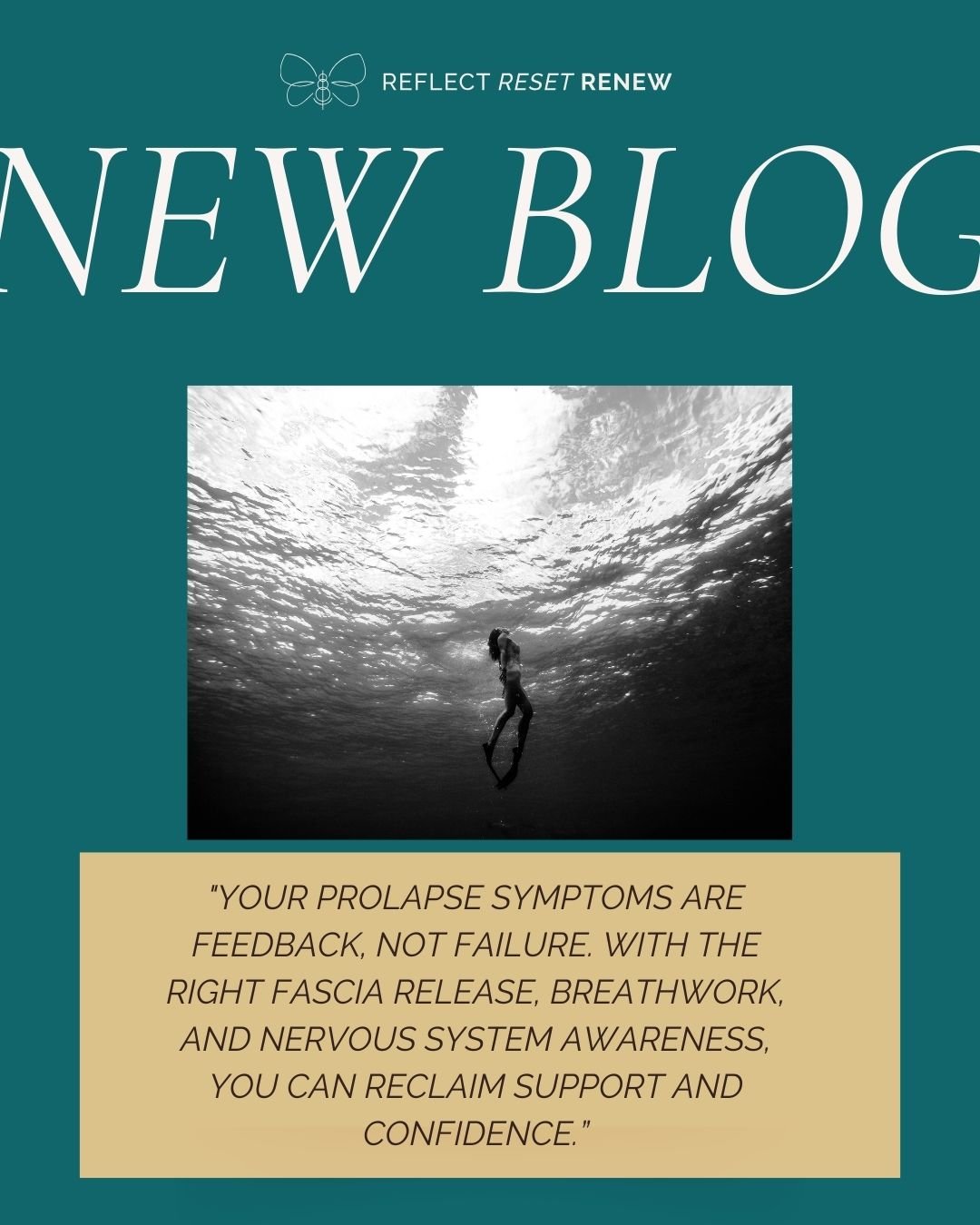
Insights
Pathways to Pain Relief: Insights and Resources for Your Journey
Why Your Lower Abs Are the Missing Link Between Breath, Spine Mechanics and Pelvic Floor Health
Discover how coordinated breath, lower-abdominal engagement and pelvic-spine alignment, inspired by Diane Lee and The Abby Method, support pelvic floor health, improve continence, and create a springy, resilient spine.
Upper Rib Gripping & Hourglass Syndrome: Why Your Pelvic Floor Needs Your Breath — Not More Bracing
Why Your Upper Abs Might Be Working Overtime
Hourglass Syndrome is a breathing and tension pattern where the upper abdominals grip tightly inward while the lower belly pushes out.
This can lead to:
Ribcage locked down
Diaphragm unable to move fully
Breath stuck high in the chest
Pelvic floor gripping or burning
Pressure forced downward
A nervous system always ready for danger
It’s not a posture problem.
It’s a protection strategy.
Burnout, the Vagus Nerve & Coming Home to Yourself
Burnout can make you feel far from yourself almost like the version of you with softness, energy, and clarity is out of reach.
But she isn’t gone.
She’s waiting.
Waiting for breath.
Waiting for space.
Waiting for safety.
Waiting for you to stop pushing long enough to hear what your body has been saying:
“I just need a moment.
Let me exhale.”
Pessaries, Surgery and Finding Your Way Back to Yourself
Ask:
What do I want my body to feel like next year?
What makes me feel safe?
Is reversibility important?
Do I want a long-term solution or a gentle start?
What support do I have?
You are allowed to take your time.
You are allowed to change your mind.
You are allowed to ask for help.
A pessary isn’t a failure.
Surgery isn’t a failure.
Rehab isn’t a failure.
These are simply different paths to coming home to your body.
The Vagina, Sex & Orgasm: Why Pleasure Supports Pelvic Floor Health, Mood, Blood Flow — and Healthy Ageing
Discover how sex and orgasm support pelvic floor strength, blood flow, mood, and vaginal health, and why pleasure matters at every age.
The Sacrum & Pelvic Floor Health | Hypopressive Scotland
There’s a quiet intelligence in the base of your spine this is a triangular bone that anchors, absorbs, and transmits every movement you make.
We call it the sacrum which comes from the Latin os sacrum, meaning “sacred bone.”
Ancient healers believed it was the seat of the soul, the final bone to return to dust, holding the essence of life within it.
And perhaps they were right.
Because when the sacrum stops moving, so much of us goes still too.
Leaking When You Laugh, Cough or Lift? Here’s What Your Breath and Load Management Must Know
You’re really not alone if you cross your legs before you sneeze or make excuses to avoid jumping on trampolines.
One in three women experience bladder leaks after childbirth and this increases to three in four after menopause, but common doesn’t mean normal.
Two Ways to Breathe for a Strong, Supported Pelvic Floor
Learn the difference between Hypopressives and Pfilates breathing for pelvic floor health. Understand how each works, how to practise them safely, and how combining both builds reflexive lift, awareness, and lasting strength.
Rectocele, Rectal Prolapse & Haemorrhoids | Pelvic Floor & Bowel Health Support.
Learn the difference between rectocele, rectal prolapse, intussusception and haemorrhoids. Discover how breathwork, posture, diet and relaxation can improve bowel health and reduce straining.
Pelvic Floor Tips : 10 Do’s & Don’ts for Prolapse Support & Breathwork
Tired of leaks or pelvic heaviness? These 10 simple do’s and don’ts reveal how breath, posture, and nervous-system balance restore pelvic floor strength and ease. Learn practical, science-based ways to release tension, rebuild reflexes, and support prolapse recovery, without endless Kegels
Pelvic Floor Mapping: Redrawing the Forgotten Landscape
There’s a story told in some traditions, that ancient women could consciously “seal” their vaginal canal all the way to the cervix during hunting or ritual, releasing it when safe.
No scientific evidence confirms this as literal fact.
But myths often carry symbolic truths, and this one points toward something we can feel, the body’s natural capacity for closure, containment, and choice.
The Uterus, More Than Just a Baby House
When you hear the word uterus, what comes to mind? For most people it’s pregnancy, periods, or pathology. But this small, pear-shaped organ is so much more than that.
Your uterus sits at the very centre of your pelvic bowl — anchored by ligaments, supported by your pelvic floor, and connected to your nervous system in ways that explain why stress, posture, and even your breathing can affect how it feels and functions.
In my latest blog, I explore the uterus across the stages of life: from menarche to menopause, from fertility to post-surgery recovery. We’ll look at how it relates to your bladder and rectum, the role of the nervous system, and the common conditions that affect it — fibroids, endometriosis, prolapse, and more. Most importantly, I’ll show you how mindset, nervous system care, and gentle movement can help you support your uterus at any age.
The Bladder: More Than a Bubble
Your bladder doesn’t act alone, it’s in constant conversation with your pelvic floor.
➡️If the pelvic floor is too tight, the brain gets the “I need to pee” signal too soon.
➡️ If it’s too lax, the message comes too late, sometimes with leaks.
🦋 When it’s balanced, the bladder fills and empties in harmony.
This is why pelvic floor health isn’t just about squeezing. It’s about tone, release, breath, and posture, so your bladder gets the right message at the right time.
Tight Necks, Breathing, and the Pelvic Floor: What’s Really Going On
We all know what it feels like to carry tension in the neck. That creeping stiffness after a long day at the desk, the tight jaw when we’re stressed, or the shoulders that seem to live up by our ears. But your neck isn’t just an isolated area of tension, it’s part of a whole system that links directly to your breathing, your posture, and even your pelvic floor.
Let’s unpack why necks get tight, what this does to your 360° breathing and pelvic floor, and what you can do to change the pattern.
Tight vs Functional: Why Gripping Isn’t the Answer for Your Pelvic Floor
Many of us have been told to “squeeze,” “tighten,” or “brace” to protect our core and pelvic floor. But here’s the truth: a muscle that’s always tight isn’t a strong muscle — it’s an exhausted one.
In pelvic health, this distinction is crucial. Function doesn’t come from gripping harder; it comes from teaching the body to release, respond, and move with adaptability.
Just like your nervous system, the pelvic floor needs to find its Goldilocks point — not too tight, not too lax, but adaptable and responsive to what life asks of it.
Why Naming the Pelvic Floor Matters
When we were kids, many of us were never taught the proper names for our pelvic floor and sexual anatomy. Instead, we were given “cute” words: your flower, your foofoo, your china.
At first glance, those nicknames might feel harmless — even protective. But what happens when the words we grow up with don’t match the truth of our bodies?
We learn silence. We learn shame.
Why Certain Breathing Positions Can Make a Bladder Prolapse Feel Worse
Why do some breathing positions make a bladder prolapse feel heavier? This blog explores how side-lying with a soft ball, 3-6-9 breathing, and apnoea can shift pressure pathways, affect fascia, and influence pelvic nerves. Learn how bracing impacts fascia health, why mobilisation keeps your support system “juicy” and functional, and how nerve pathways (pudendal, hypogastric, pelvic splanchnic, and obturator) play a role in prolapse symptoms. Discover practical troubleshooting tips and how Hypopressives can help you build safe, lasting pelvic floor support.


















